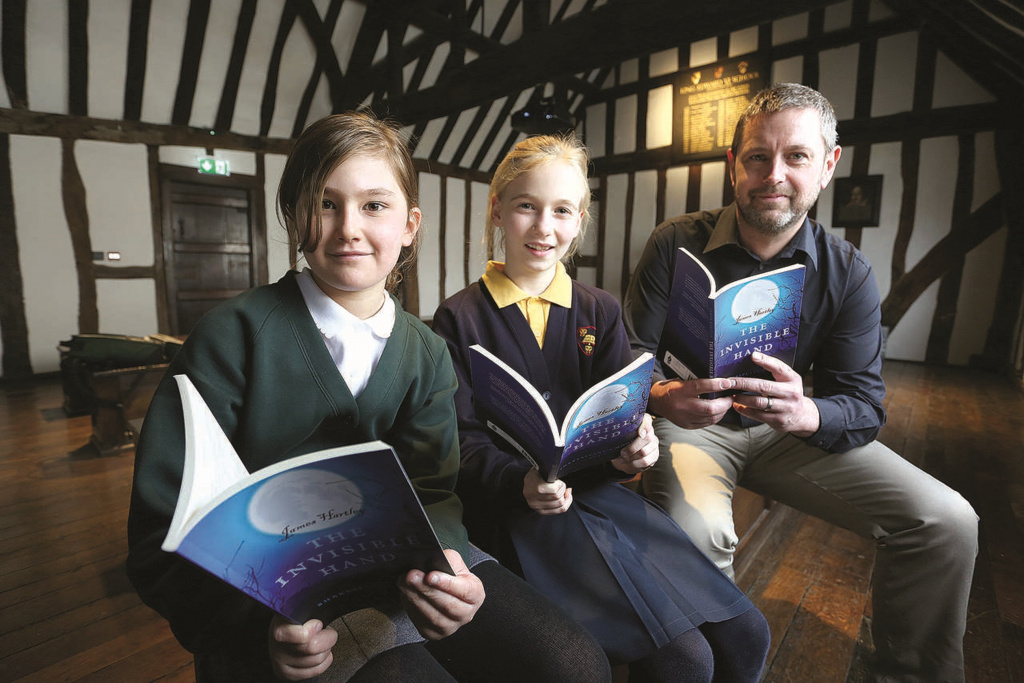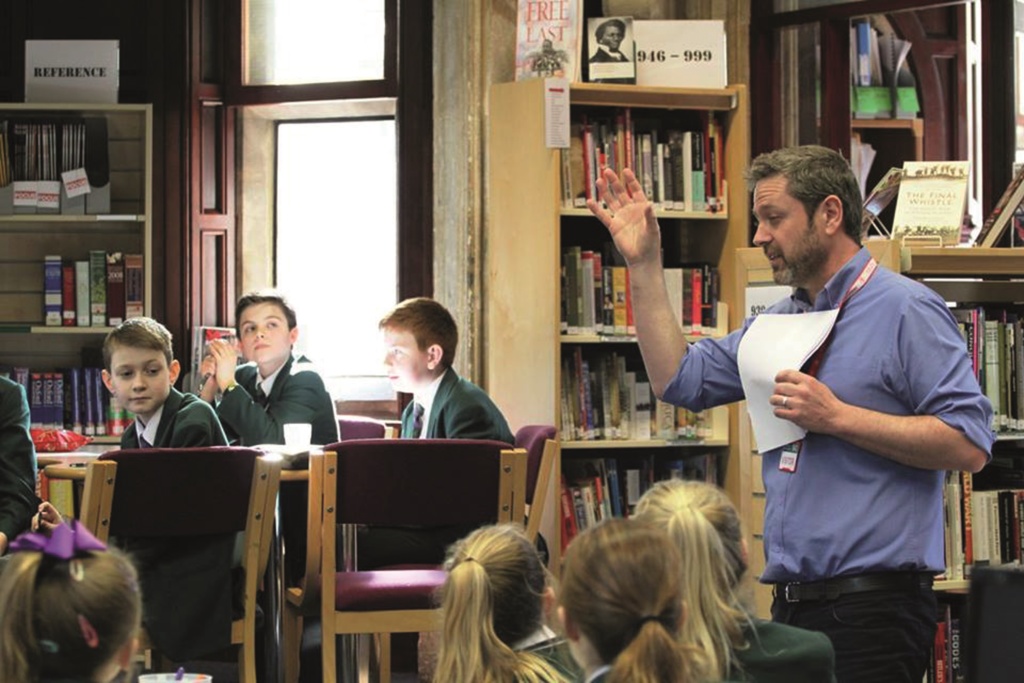
Since I can remember, books have been friends to me. My biggest goal for my own books, a series for teenagers based on Shakespeare’s plays, was to inspire in young readers this same feeling. I wanted to conjure up worlds my readers could get lost in, which would transport them through time and space, and which would captivate them and entertain them.
I knew from experience that the Shakespearean texts could prove daunting, sometimes insurmountable obstacles for students studying the plays and I wanted to find a way around that. During my time at school I’d had many English teachers and the best ones had brought the plays alive to me in my imagination. That, I decided, would be my goal. I would try to get the students to imagine the worlds in their minds and to get into the plays, and plots, that way.
Alongside the books I’ve written, I decided I would go into schools and give Creative Writing workshops, with the aim of demonstrating to students that they all had the power within them to imagine worlds infinite and unique. By this time, I’d started getting feedback from my books and I’d been energised by the realisation, too, that nobody read the same book—even when it was mine. Some readers knew things about my own book I’d never noticed. They connected with minor characters or asked me about sentences which I’d written almost without thinking. A fairly obvious truth hit me: the beauty of books was that the story lived in the imagination of the reader.
I suppose I’d always known this with books—how I imagined characters in my favourite books had never corresponded to how they were portrayed in television or film—but I hadn’t realised that it worked with readers and writers. I had imagined my main character Sam passing a gardener leaning on a hoe in a creepy cemetery and a reader had envisaged exactly how this gardener had looked, right down to their clothes. This was fantastic for me, and it enthused me. I went into the schools with this idea in mind. Stories played out in our imaginations: that’s where the ideas met.

The power to ‘see’ further
In this article I would like to share some exercises from the workshops which I think have worked really well over the years in demonstrating to students, in an entertaining way, the power they have behind their eyes to ‘see’ things and worlds. Although what’s described here is a series of starting points or prompts, teachers will quickly see, I think, where they can go with the answers generated. If nothing else, students will see that their opinions and what they ‘think’ of something is always unique, even when they don’t think it’s possible.